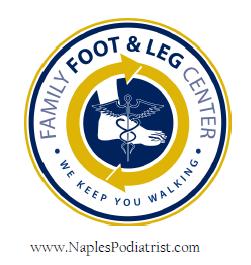

In my profession, I have diagnosed numerous and varying disorders which are not typically something a primary care doctor would initially send a patient to a foot and ankle specialist for. I have screened numerous diabetic patients, and have found a substantially high number of patients with PAD, or peripheral arterial disease. Of these, many have needed vascular surgery intervention to prevent below knee amputations. Through this screening process, we have saved numerous patients from amputations of their legs.
To a greater extent, this disorder may lead to stroke, heart attacks, and even amputations from gangrene. I have had patients ask me why they need to go to the hospital for their rest pain, and thank me after the fact. Today I thought I would give some general guidelines to put to rest many of the confusions regarding this systemic and devastating pathologic process.
"Doctor, my foot hurts me at rest. I take ibuprofen and it doesn't help. I let my leg down and it feels a little better, but when I raise it up it hurts again. I can only walk for a block then I have to rest. My ingrown nail is turning black and I stubbed it 2 weeks ago."
These are just some of the various complaints that a patient may have before they know that they have significant PAD. Slow to heal wounds, and non healing wounds are commonplace in poor circulation sufferers. Pain at rest is usually significant, because it means the tissue is starving for oxygen, and if the blood vessels are too narrowed or closed to deliver, then pain will follow. Trivial injuries which lead to significant pain and color changes of the toes, from blue to black, will also indicate a serious vascular pathology which requires hospitalization. Each patient that we see gets a thorough vascular exam for their legs, and noninvasive dopplar studies are done every Friday at our office.
Pain with consist ant ambulation, "ie intermittant claudication" may need additional interventions from a vascular surgeon. Usually blood thinners, such as plavix or aspirin are needed, as well as a walking regimen lead by a physical therapist to get 30 minutes to 1 hour of daily walking to help open the small vessels and treat this are in order. We also offer MICROVAS therapy for small vessel disease, as this tends to simulate the activity level of walking for 30 minutes, and helps to increase the blood flow to the leg and foot. I always listen to the pulses with the dopplar if I can not feel them with my hands. This is usually the case with diabetic patients, as their vessels are more rigid and difficult to feel with hands and fingers alone.




